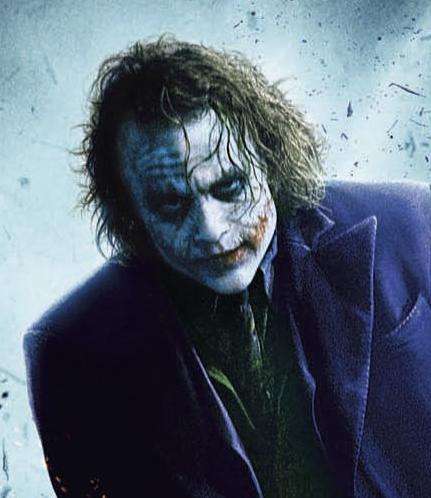Today I travelled from Seattle down to Santa Cruz to visit my friend Ned in his house in the woods. In the evening we went to see a one-man-band – a guy who creates an entire musical experience out of nothing but his voice, a banjo, a tambourine strapped to his left foot, and a base drum that he plays by stepping on a pedal with his right foot. Out of these limited tools this one musician proceeded to create an entire musical world.
But I was also struck by how he was dressed. It was all very precisely calibrated. Brown shoes, black socks, brown slacks, a dark grey vest over a light colored button-down shirt with the sleeves rolled up. And to top it all off a porkpie hat. Everything about him said that we were back in the great American depression of seventy years ago, the vast dustbowl, and here was an iterant musician travelling through our little midwestern town, a young man fallen on hard times, but armed with a banjo and a fistful of tunes and tall tales. I suddenly realized how rich a tradition this is – how precise the image, and how powerful.
The Harlequin figure – God’s holy fool and trickster – has been merged over time with Pierrot the sad lover to create the endearingly seductive troubadour, and we recognize and welcome him wherever he goes. He shows up as Nanki Poo in Gilbert and Sullivan’s The Mikado playing his lute while singing “A wandering minstrel I — A thing of shreds and patches, Of ballads, songs and snatches…” Or as Jason Robards in A Thousand Clowns, porkpie hat fixed firmly on his head as he strums his banjo and sings Yes sir, that’s my baby to win the girl’s heart. Or practically any role played by Danny Kaye or by Jack Lemmon early in his career. Or as Ryan O’Neal in Paper Moon. Or as John Cussack in Say Anything, the harlequin outfit changed for a long coat, the lute/banjo replaced by a boombox held high over his head as he stands out in the rain to win the love of Ione Skye.
The one-two punch of Arthur Penn taking Warren Beatty from Mickey One to Bonnie and Clyde was all about exploring this character – the fast-talking joker in the porkpie hat as sympathetic antihero. We know he’s a loser, we don’t believe his patter for a moment, but we love him all the same, because we understand that beneath the fast talk is a sweet boy-man who is simply in need of love.
What’s fascinating to me about this character is the way he distills the archetype of the sensitive dreamer as romantic hero – the non-alpha male who invariably wins our hearts. Johnny Depp as Captain Jack Sparrow channels him, every Judd Apatow film is built around him, and Joss Whedon’s delightful new web-movie Dr. Horrible even dares to turn the evil arch-villain into the sensitive harlequin/peirrot figure, a complete reversal of genre roles which depends entirely for its success upon our automatic acceptance of this archetype.
I wrote recently about Heath Ledger’s deeply powerful and disturbing turn as The Joker. It is now clear to me that in this performance Ledger was playing this psychotic monster as depression-era troubadour – fast-talking, oddly endearing, the adorable one-man-band, but in this case transformed into your ultimate nightmare. And it is partly because of this archetype – because we recognize the vulnerable harlequin/peirrot archetype and automatically turn our full attention and love toward him – that Ledger was able to steal the film away from its ostensible hero. In the battle for our affections the Dark Knight never had a chance, for his nemesis was a harlequin in a porkpie hat.
